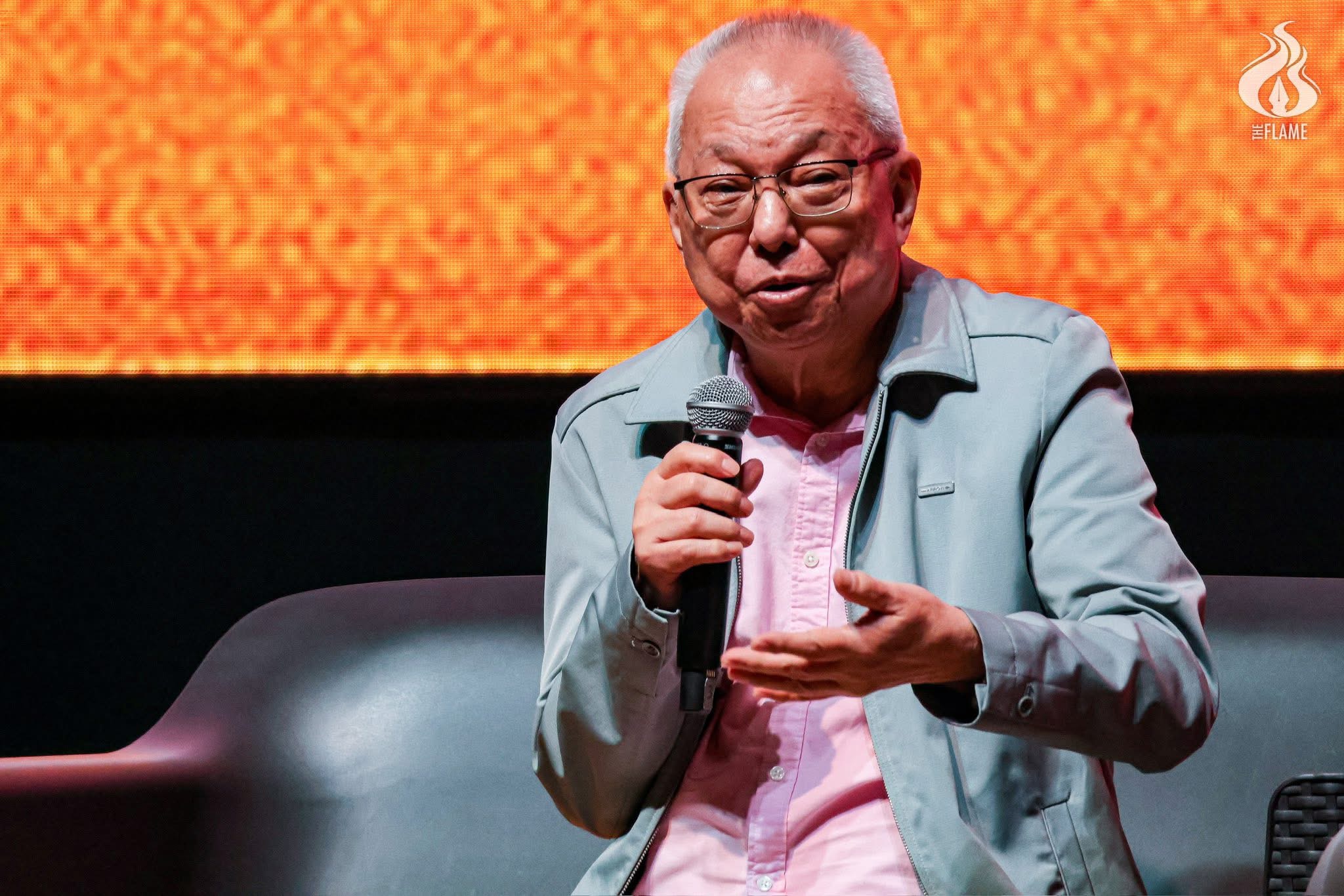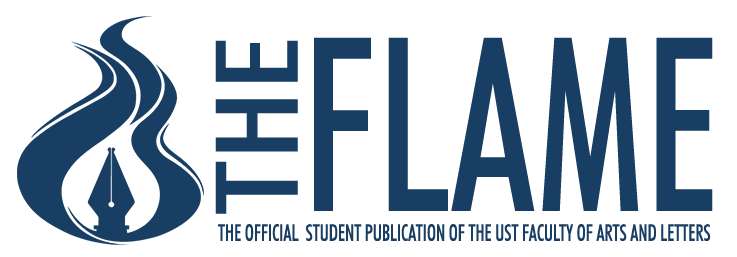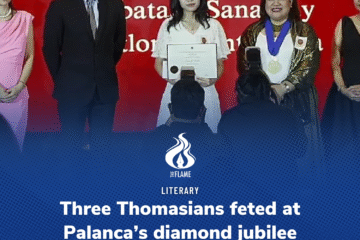
REEVALUATING ONE’S work during the revision phase is the key to furthering one’s craft as there will never be any perfect first drafts, National Artist for Film and Broadcast Arts Ricky Lee said.
Lee, known for his screenplays and novels, hosted “CCP Cine Icons Screenwriting Masterclass with Ricky Lee” a masterclass in collaboration with the Cultural Center of the Philippines’ film, broadcast and new media division and the UST Senior High School.
Lee’s talk centered on the screening of Himala (1982), one of his most notable works that gained worldwide recognition.
The film, which was directed by the late National Artist for Cinema Ishmael Bernal, tells the story of Elsa, a young woman who becomes a faith healer, after reportedly seeing visions of the Virgin Mary in her village.
He recalled that Aunor’s famed final monologue in Himala was rewritten the night before the shoot, and remarked that writers should continue to strive for more as they work on their materials.
“Writing is rewriting. The real writing happens when you rewrite,” Lee said on Friday, April 4, at the Blessed Pier Giorgio Frassati Auditorium.
For Lee, one of the most important steps to polish one’s work is to doubt it instead of settling for the current draft.
“You have to live with your doubts. Use them as gasoline to push you to work harder and work better, to not be complacent and not settle,” he added.
The National Artist also urged writers to “know, unknow, and embrace” a character while writing and to transform their characters into realized and fully-fleshed identities that mirror real people rather than reduce them to mere story concepts or players.
“I want to know how it feels to be inside their hearts. So I do research. I interview myself,” he said.
Lee explained that there are two sides of people, which are the “tao sa labas,” the person seen externally and a projection of the self, and, the “tao sa loob,” the real self, made out of one’s experiences, feelings and traumas.
“The writer does not live in a vacuum. Nakatira tayo sa isang mundo. So maski sabihin natin nakakulong ako sa [isang] part of the world, you will [still] be affected,” he said.
(“The writer does not live in a vacuum. We live in one world. So even if we say we are caged in one part of the world, you will still be affected.”)
Aside from writing from one’s own experience, the writer, Lee said, has to engage with people and their experience through listening, observation and research and to know the “tao sa loob” of other people.
“Dapat mahal niyo ang mga tao. Mahal niyo enough, to be passionate enough, to keep listening to them,” he added.
(“You should love people. You should love them enough, to be passionate enough, to keep listening to them.”)
Ricky Lee was named a National Artist in 2022. Aside from Himala, Lee’s illustrious career spawned several critically acclaimed screenplays such as Moral (1982) and Jaguar (1979). Lee has also written novels, the latest being Lahat ng B which was released three years ago as a sequel to his 2008 novel, Para Kay B.
His most recent screenplays were entries to the 50th Metro Manila Film Festival, namely Isang Himala, a musical adaptation of the 1982 movie, and Green Bones, which won Best Screenplay in the 50th MMFF. F – Anthea Anika de Sales




Hello, I wanna send my work
Hello, I wanna submit my poem